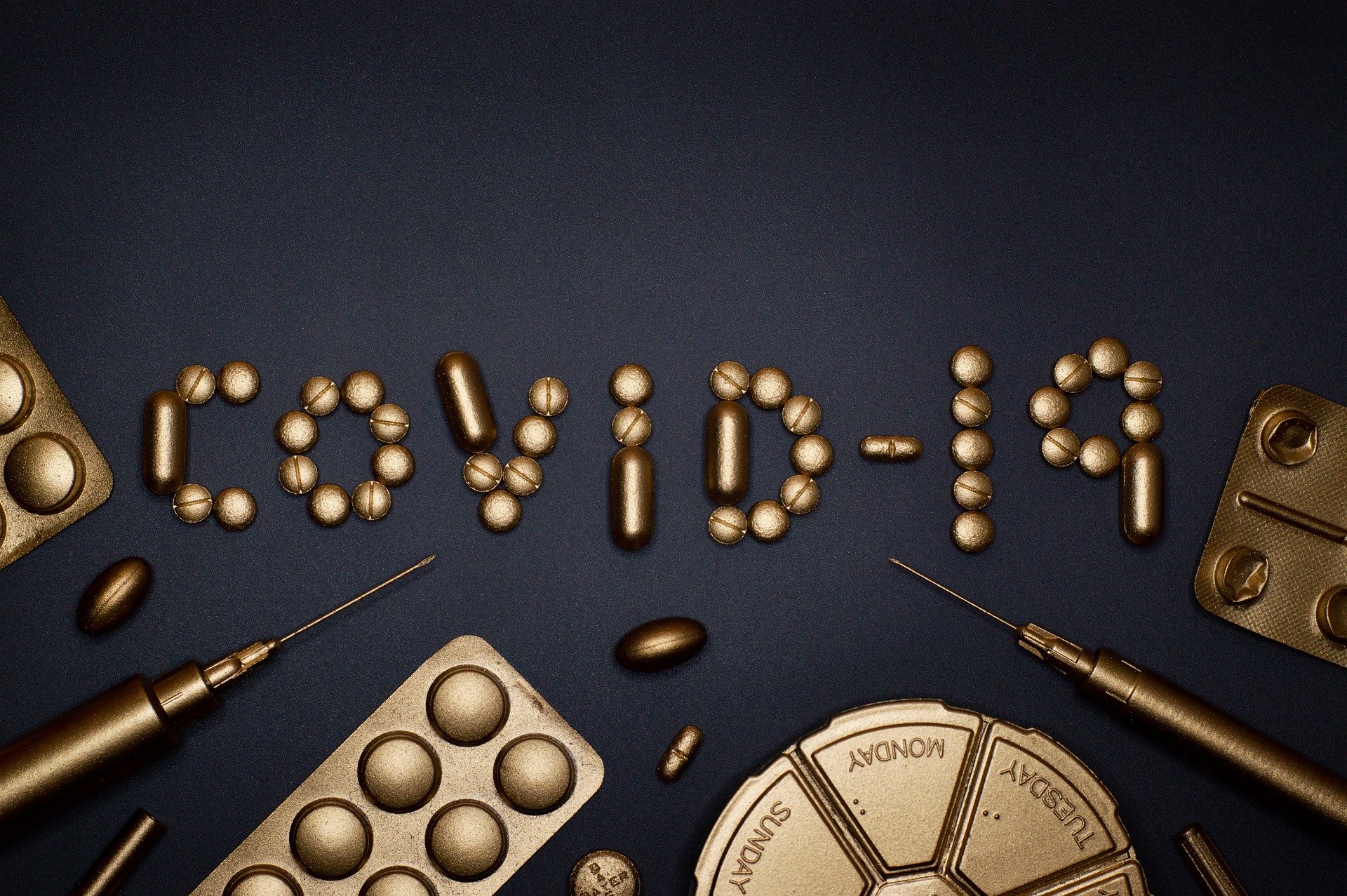Three main challenges of the injected COVID-19 vaccine from Pfizer, Moderna, or AstraZeneca are distribution, medical personnel, and production. An oral vaccine could easily solve these problems, as it does not require sub-zero temperatures, doesn’t require a hospital visit and production time is much faster than the injected vaccines.
Other than solving distribution, personnel, and production issues, an oral vaccine can also solve vaccine hesitancy and trypanophobia (fear of needles).
Despite India being the world’s biggest vaccine producer, they are unable to get enough COVID-19 vaccines for their own population. Summers in India reach piping hot temperatures, easily rising to 122 degrees Fahrenheit (50 degrees Celsius), causing distribution issues for the injectable vaccine.
Here is the distribution process of the current injectable vaccines –
1.) Vaccines are flown to the designated country in a freezer
2.) Once landed, vaccines are refrigerated in a large vehicle for transportation to a special cold room
3.) Vaccines are distributed in portable iceboxes to regional centers
4.) Vaccines are stored in electric fridges between 2C-8C
5.) Vaccines are transferred in portable iceboxes to local venues for vaccination campaigns
With an oral vaccine, these distribution steps can be so much easier. Imagine a Covid-19 vaccine that can be transported to remote towns and villages for millions of people without depending on the cold chain distribution process. An Oral Vaccine requires distribution in a fridge, rather than a deep freeze.
The main companies working on an oral COVID-19 vaccine are Oravax and Vaxart. Pfizer is working on an oral therapeutic for COVID-19.
Vaxart: In February, the company released preliminary Phase I data that showed its oral vaccine candidate VXA-CoV2-1 was well-tolerated and generated an immunogenic response. Vaxart’s CEO Andrei Floroiu said that because VXA-CoV2-1 is an oral vaccine as opposed to COVID-19 injectable vaccines, a different measure of efficacy is necessary. He noted that in a prior study comparing the oral COVID-19 vaccine to a flu vaccine, VXA-CoV2-1’s efficacy was driven in part by the activity of B cells.
“These results provide important evidence that our vaccine is working through a different mechanism of action than injectable vaccines,” he added. “In fact, our oral vaccine generated a broader adaptive immune response,” said Floroiu.
Oravax Medical: A joint venture by Israel’s Oramed and India’s Premas Biotech. The company’s oral vaccine candidate is a virus-like particle (VLP) triple antigen vaccine that targets three structural proteins on the virus, which could be beneficial against mutated forms of the novel coronavirus. Oravax is set to launch a clinical study in the second quarter of 2021.
“While ease of administration is critical today to accelerate inoculation rates, an oral vaccine could become even more valuable in the case that a Covid-19 vaccine may be recommended annually like the standard flu shot. An oral COVID-19 vaccine would eliminate several barriers to rapid, wide-scale distribution, potentially enabling people to take the vaccine themselves at home,” said Oramed CEO Nadav Kidron.
Pfizer: The company recently launched a Phase I study assessing PF-07321332, a SARS-CoV2-3CL protease inhibitor, in adults. The drug has shown potent antiviral activity in laboratory assays against SARS-CoV-2, as well as against other coronaviruses.
“The good thing is that this is also the first molecule that is coming from this type of class, this is a good thing because you can combine it with other classes,” said Pfizer CEO Albert Bourla.
A successful oral vaccine could very likely be what saves countries that aren’t able to vaccinate their entire population. It will take at least another few months until Vaxart, Oravax or Pfizer have significant progress in their vaccine/therapeutic as they are all in early trials.
![]()
